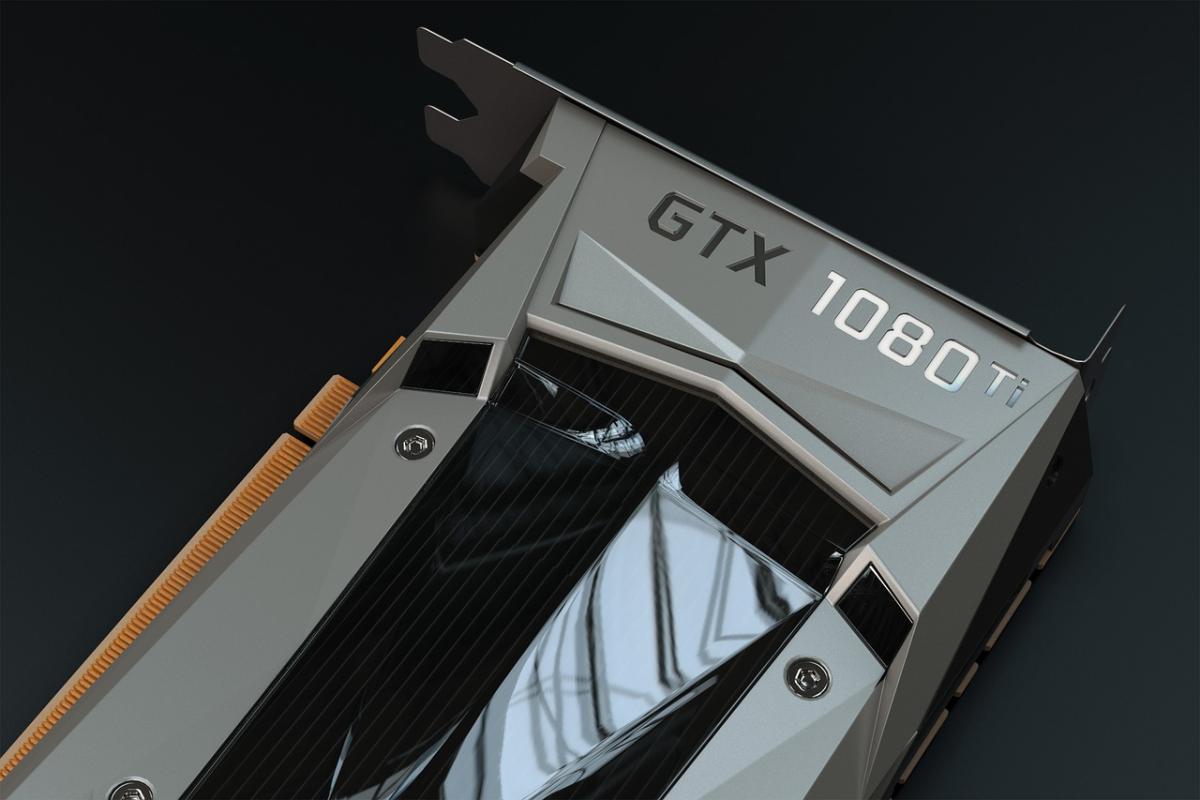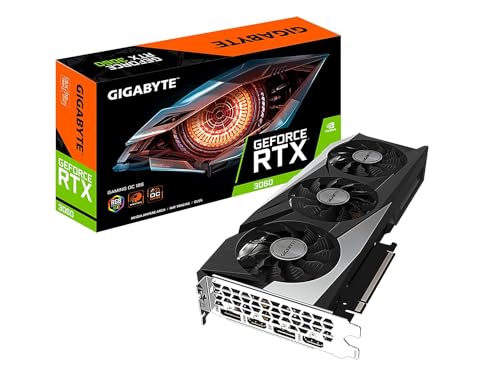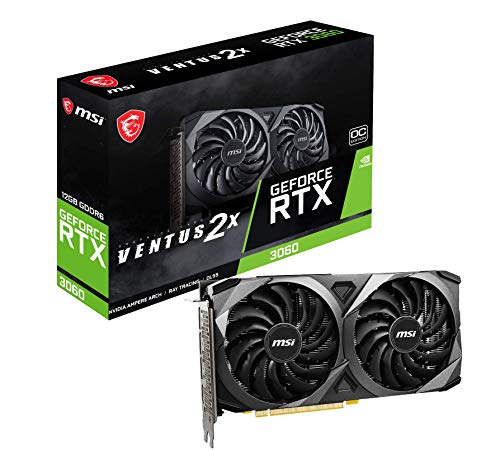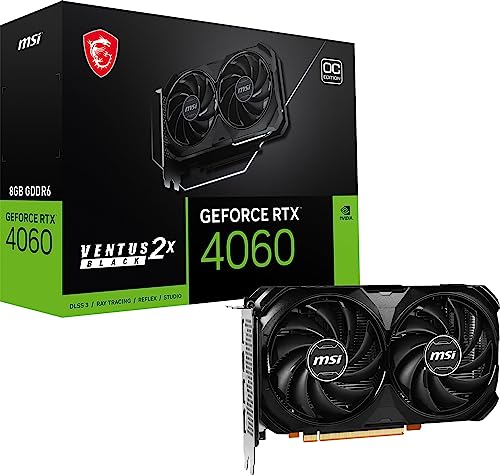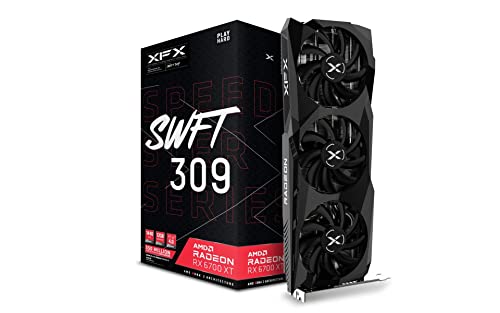Overclocking your graphics processing unit (GPU) can unlock extra performance for gaming and creative tasks. However, it demands meticulous attention to temperature and stability. Learning the right techniques to safely boost GPU clock speeds is critical for maintaining visual performance without compromising hardware longevity.
Begin by using diagnostic tools to measure baseline performance and temperatures. Increase clock speeds in small increments while monitoring for artifacts and instability. Adjust voltage settings conservatively and always stress test after each modification. Remember that maintaining proper cooling is paramount—upgrade your cooling solution if necessary to manage the extra heat generated.
Implement robust cooling solutions, such as high‑quality fans or liquid cooling, to keep the GPU within safe operating limits. Consistently monitor temperature readings and be ready to roll back changes if thermal limits are breached. Establishing a reliable overclocking profile ensures that performance enhancements are sustainable during long gaming sessions or intensive rendering tasks.
Overclocking your GPU can significantly enhance performance when done thoughtfully. By applying incremental adjustments and prioritizing temperature management, you can achieve a balance between boost performance and long‑term system stability.
Ultimate Guide to GPU Overclocking for Maximum Performance Boost
Unlock your graphics card’s full potential with safe and effective overclocking techniques.
Introduction
Overclocking your GPU can unlock significant performance gains for gaming, 3D rendering, and creative applications. When approached methodically, it offers a cost-effective way to squeeze extra frames per second or render throughput out of your existing hardware. Success hinges on balancing incremental clock increases with robust temperature management and stability testing.
Why Overclocking Your GPU Matters
Pushing your graphics card beyond its factory settings can deliver a tangible performance boost in modern titles and professional workloads. Even a modest core clock uplift translates to smoother frame pacing and faster compute times. Overclocking also deepens your understanding of GPU architecture and voltage-frequency relationships.
Essential Tools for Graphic Card Tuning
- MSI Afterburner or EVGA Precision X1
- GPU-Z for real-time sensor readouts
- 3DMark or Unigine Heaven for benchmarking
- HWMonitor for hardware monitoring
- FurMark or OCCT for stress testing
Establishing a Baseline
- Run GPU benchmarks and record scores.
- Note stock core/memory clocks and voltage.
- Stress test for 30 minutes to confirm stability.
- Capture in-game frame rates for comparison.
Step-by-Step Overclocking Techniques
- Increase core clock by +10–20 MHz.
- Run a short stress test and monitor for issues.
- Repeat until instability occurs, then roll back.
- Adjust memory clock in +25–50 MHz steps.
- Apply conservative voltage increases (+25 mV).
- Stress test for one hour to confirm stability.
Advanced Voltage Adjustment and Power Limits
Voltage tweaks can unlock more headroom but must be applied cautiously. Increase voltage in small steps and monitor thermal impact. Adjust power limits to prevent throttling under load.
Temperature Management and Cooling Solutions
Effective cooling is essential for a stable overclock. Maintain GPU temps below 80 °C and consider upgrading to aftermarket or liquid cooling solutions.
| Cooling Solution | Avg Temp Drop | Noise Level | Installation Complexity |
|---|---|---|---|
| Stock Air Cooler | 0–5 °C | Low | Easy |
| Aftermarket Air Cooler | 5–15 °C | Medium | Moderate |
| All-in-One Liquid Loop | 10–20 °C | Low to Medium | Advanced |
| Custom Water Loop | 15–30 °C | Very Low | Expert |
Real-Time Monitoring and Stress Testing
- Use on-screen display tools for live monitoring.
- Automate long stress tests during idle hours.
- Enable crash logging for troubleshooting.
- Re-benchmark after driver or OS updates.
Troubleshooting and Common Pitfalls
- Artifacts: Reduce core clock or increase voltage slightly.
- Crashes: Revert to stable settings and check drivers.
- Thermal spikes: Improve airflow or upgrade cooling.
- Power issues: Use quality PSU and secure PCIe cables.
Best Practices for Long-Term Stability
- Save multiple overclock profiles.
- Update drivers cautiously and re-test stability.
- Monitor ambient and case temperatures.
- Perform quarterly stress tests.
- Re-benchmark after major hardware changes.
Conclusion
GPU overclocking is a rewarding process when done safely. By following structured techniques, monitoring temperatures, and stress testing thoroughly, you can achieve a stable and long-lasting performance boost. Use this guide to craft a unique overclock profile tailored to your system and workload.
Frequently Asked Questions
- What core clock increase is safe?
- Start with +50 MHz and adjust based on stability.
- Can overclocking void my warranty?
- Some manufacturers allow moderate overclocking; check your GPU’s warranty terms.
- How often should I update my overclock profile?
- After driver updates or quarterly stability checks.
- Is undervolting better than overvolting?
- Undervolting reduces heat and can allow modest boosts with less thermal stress.
